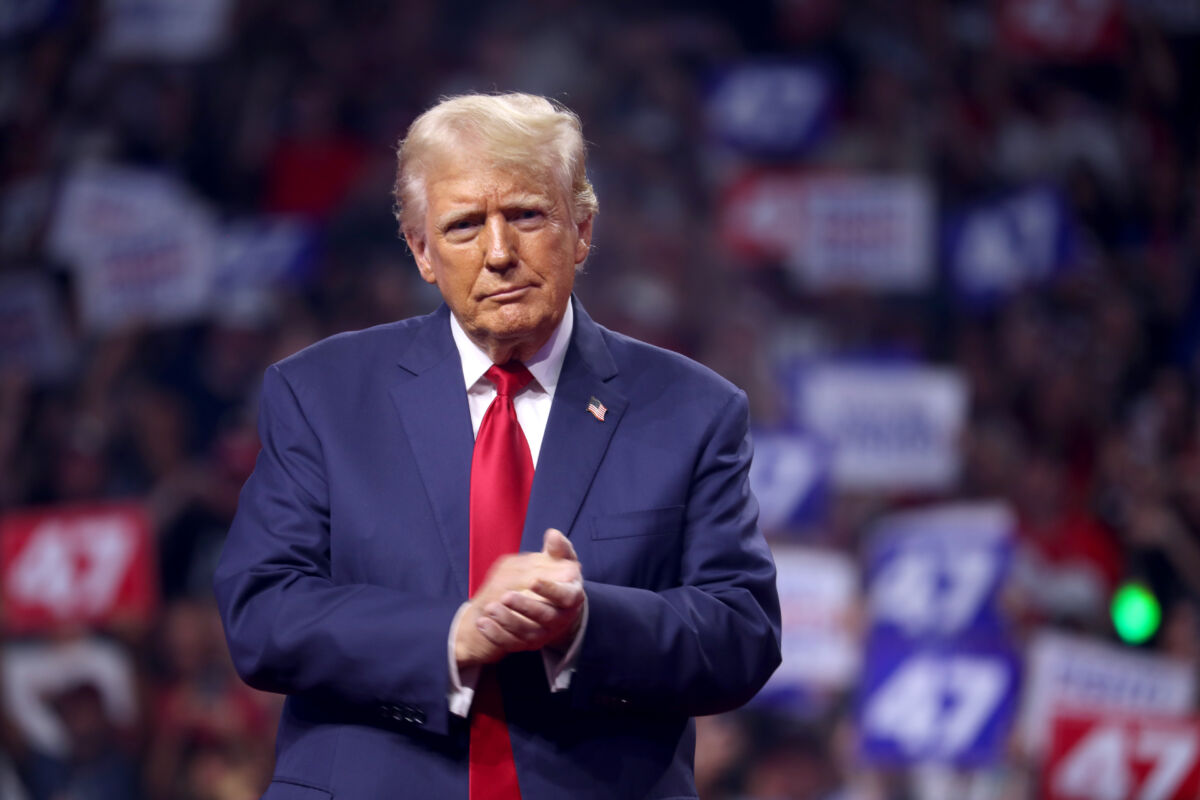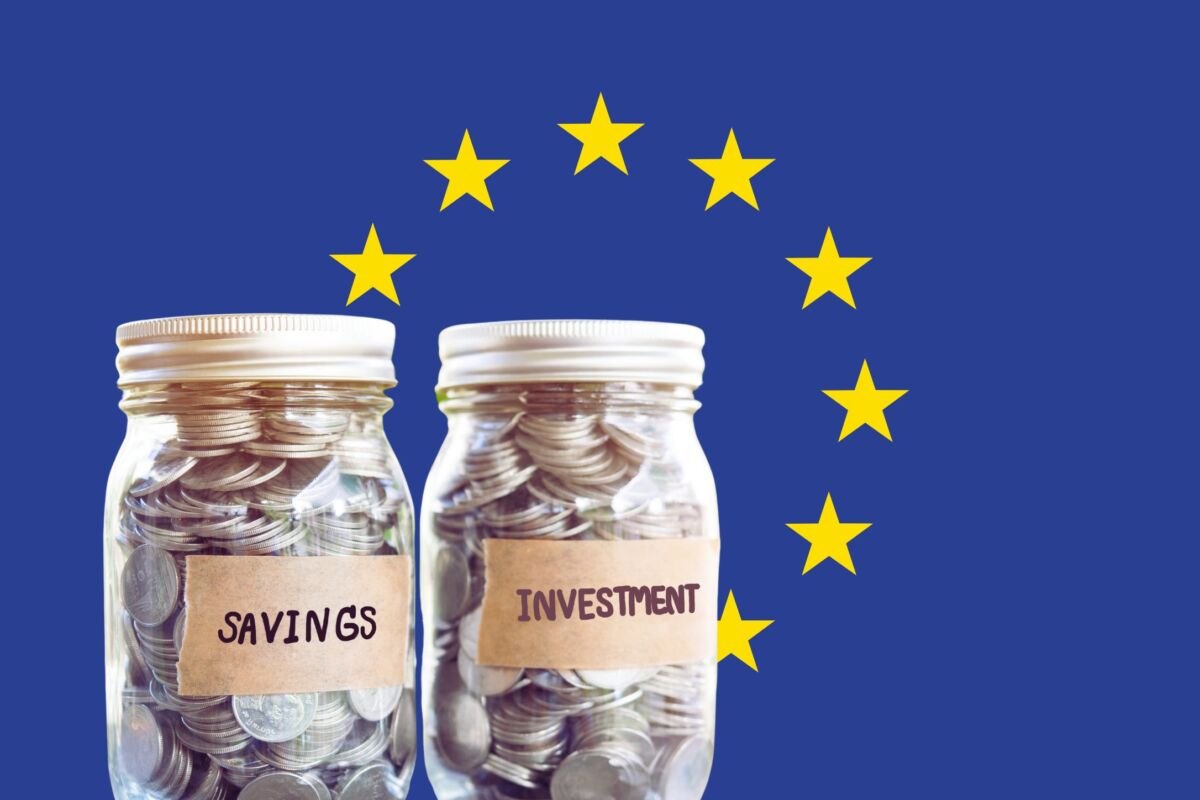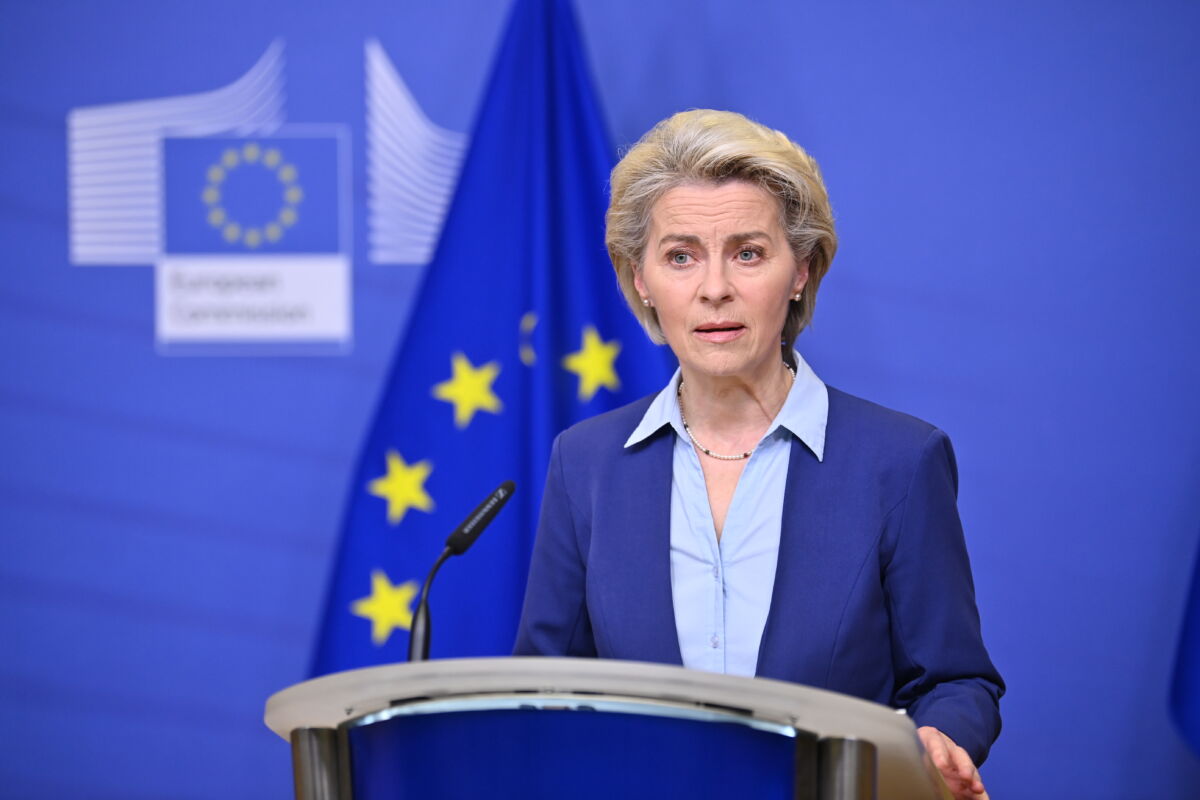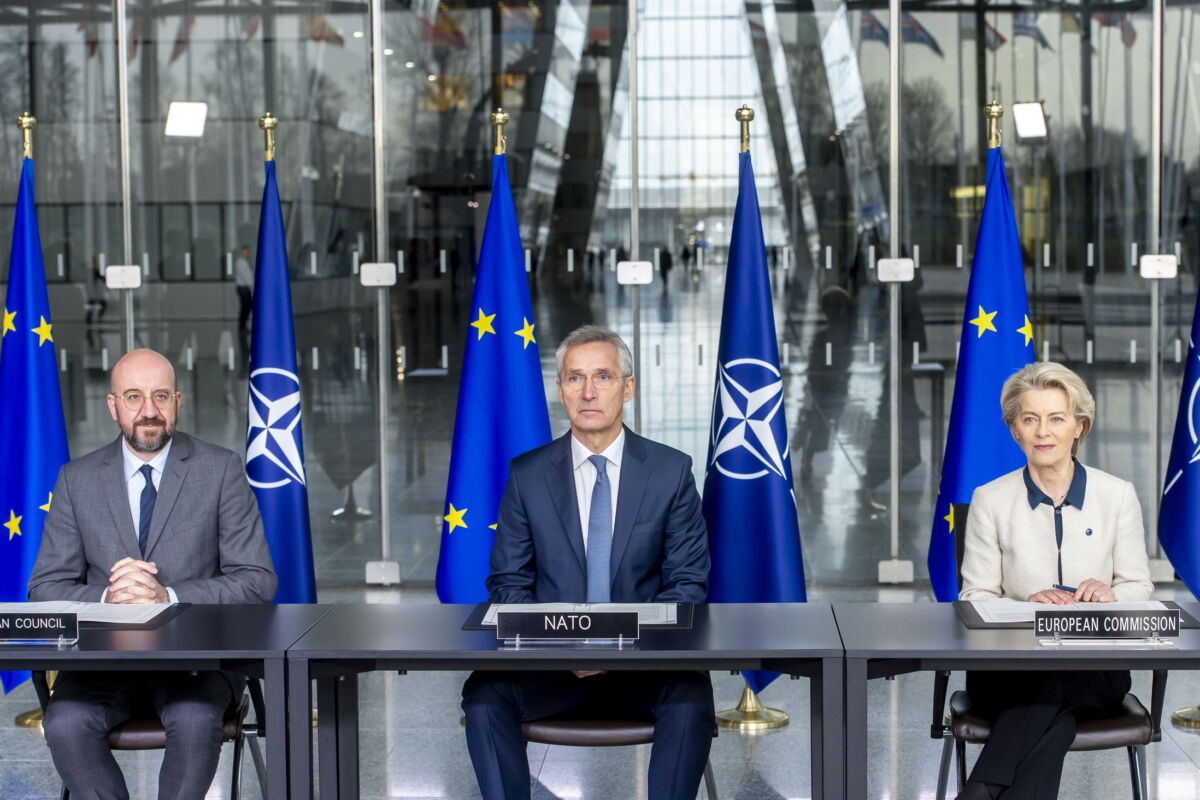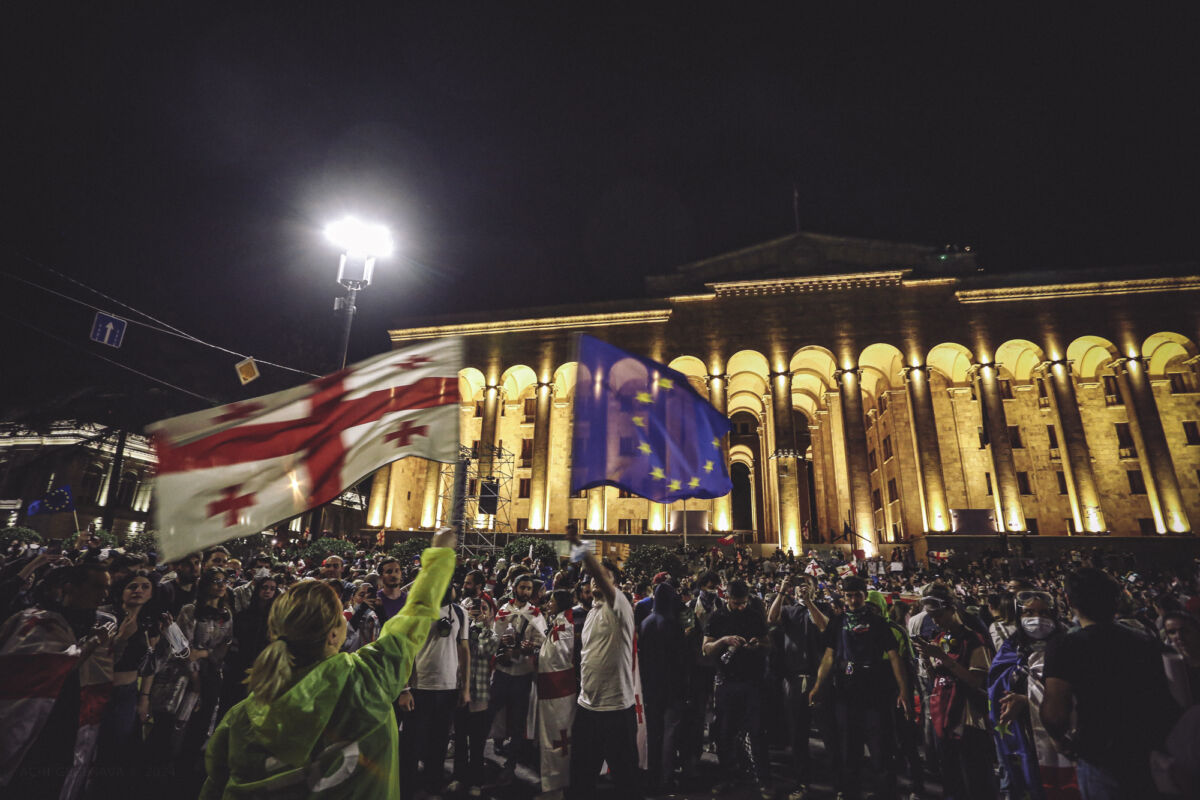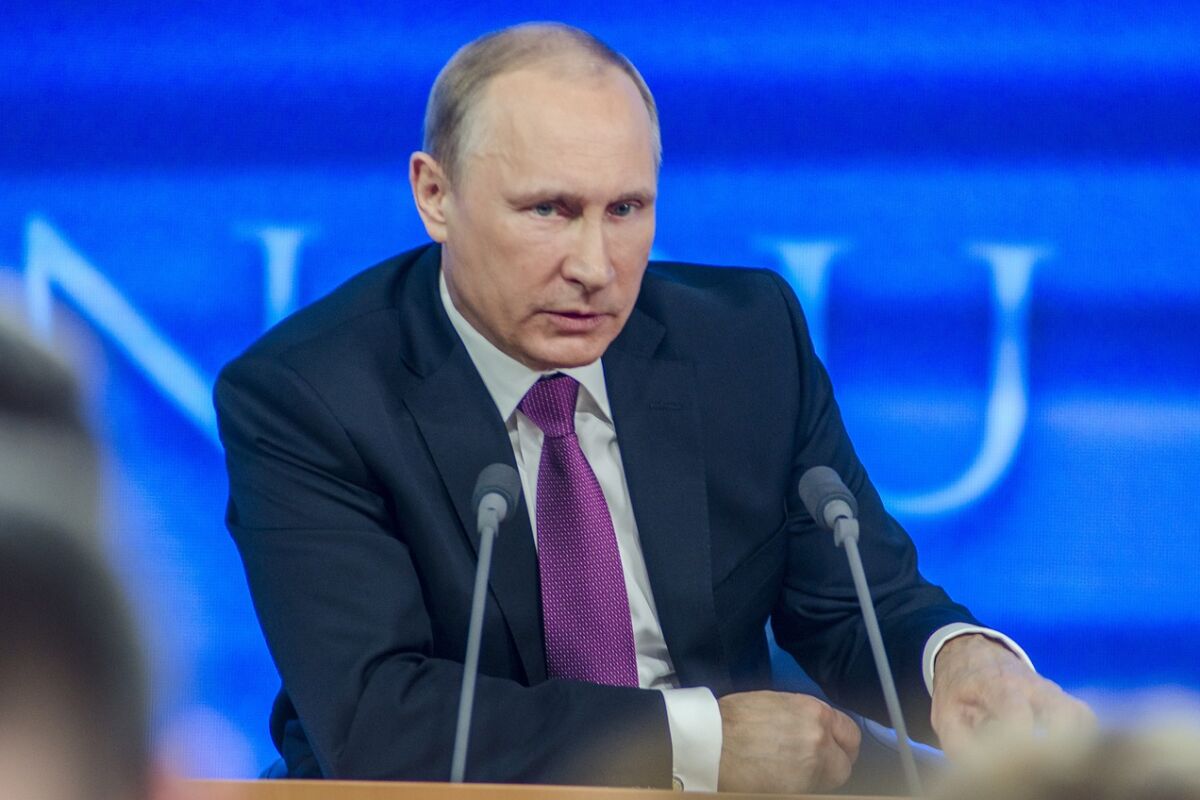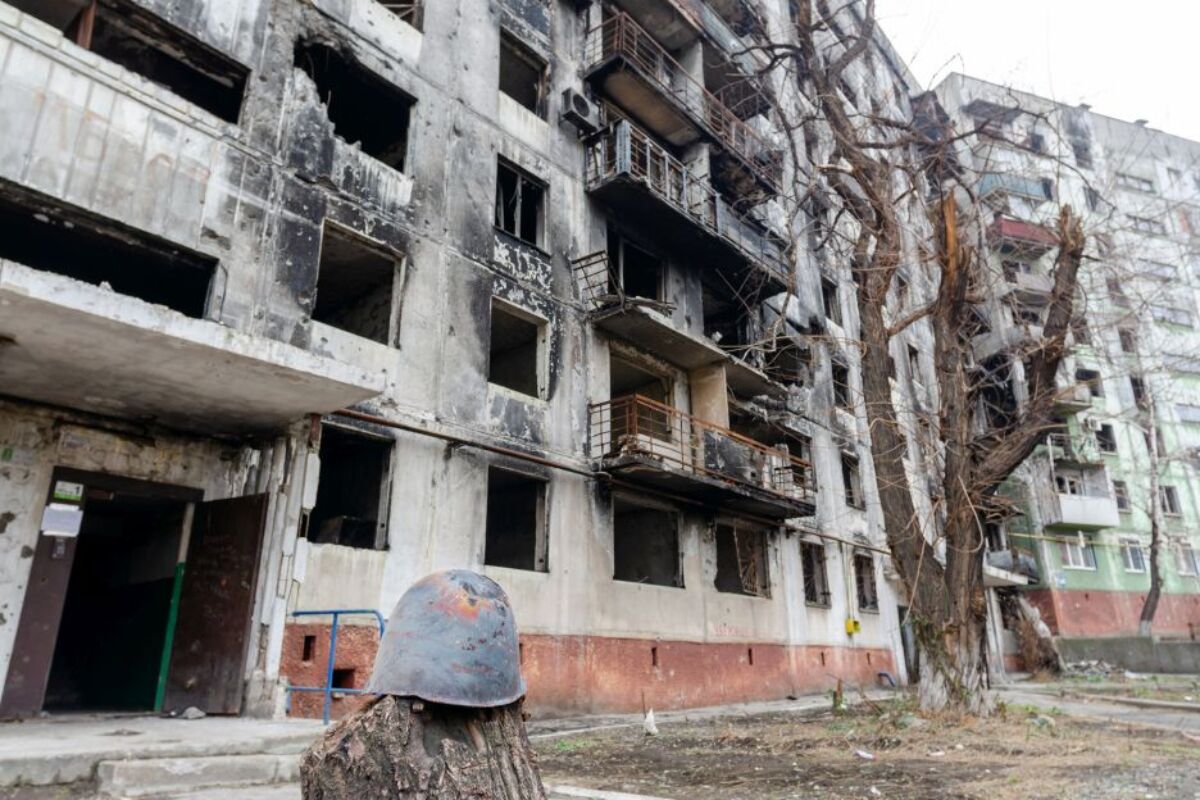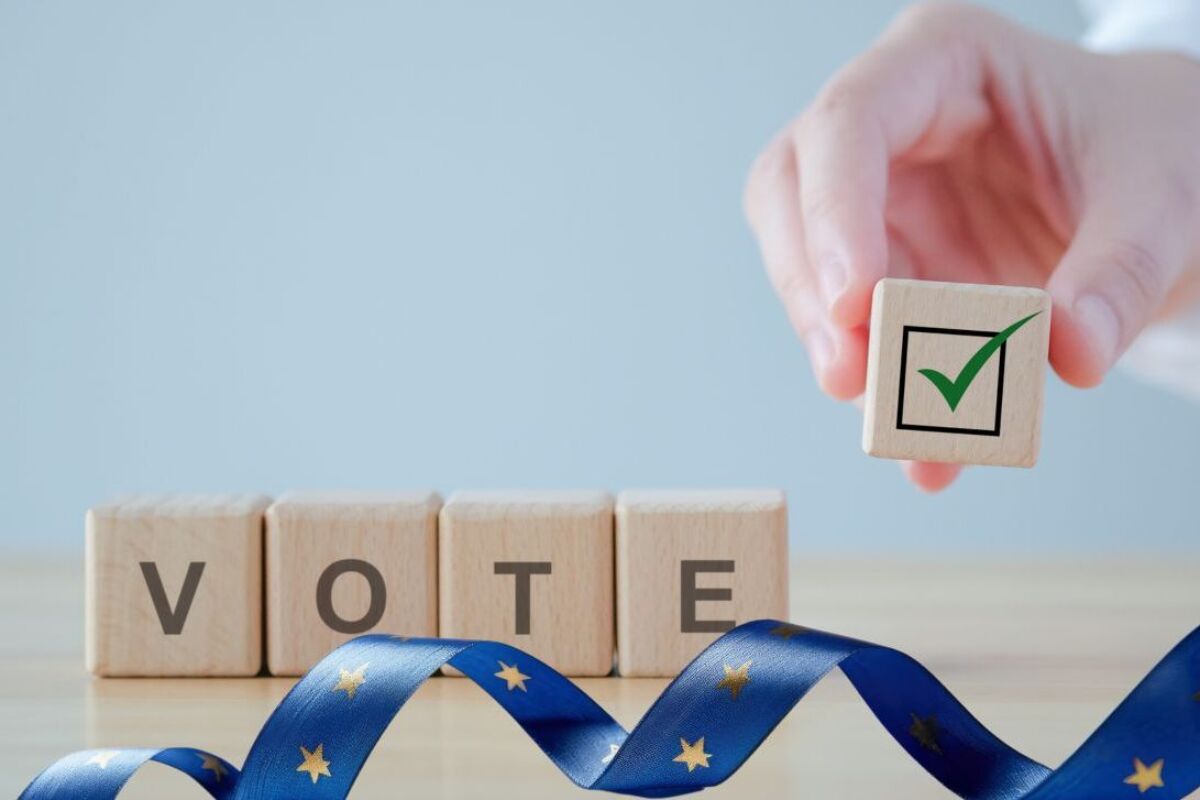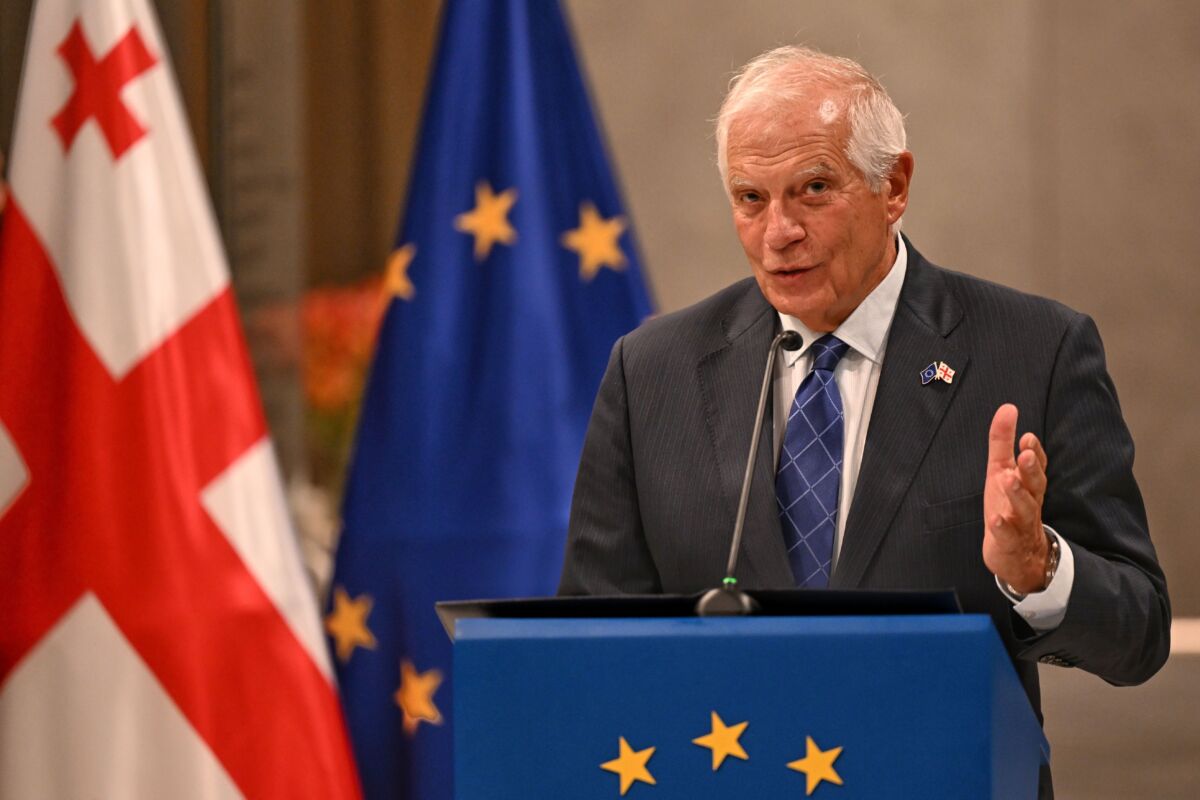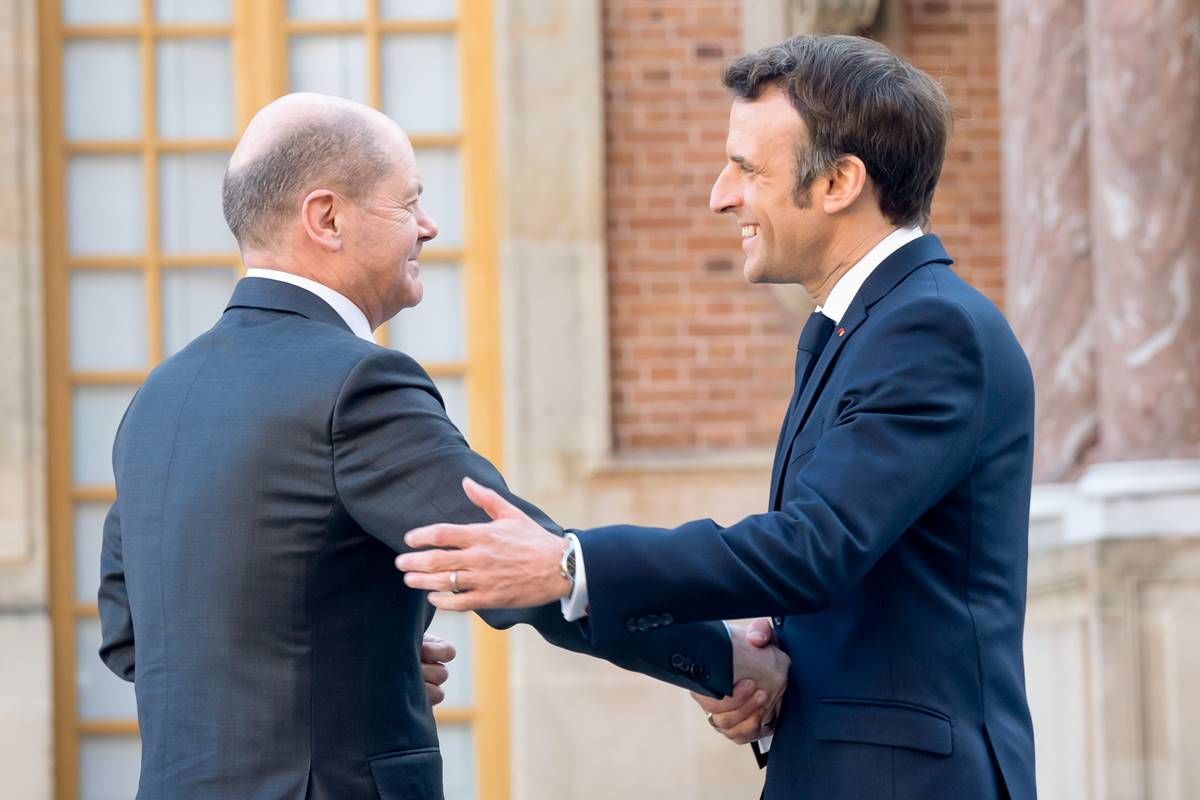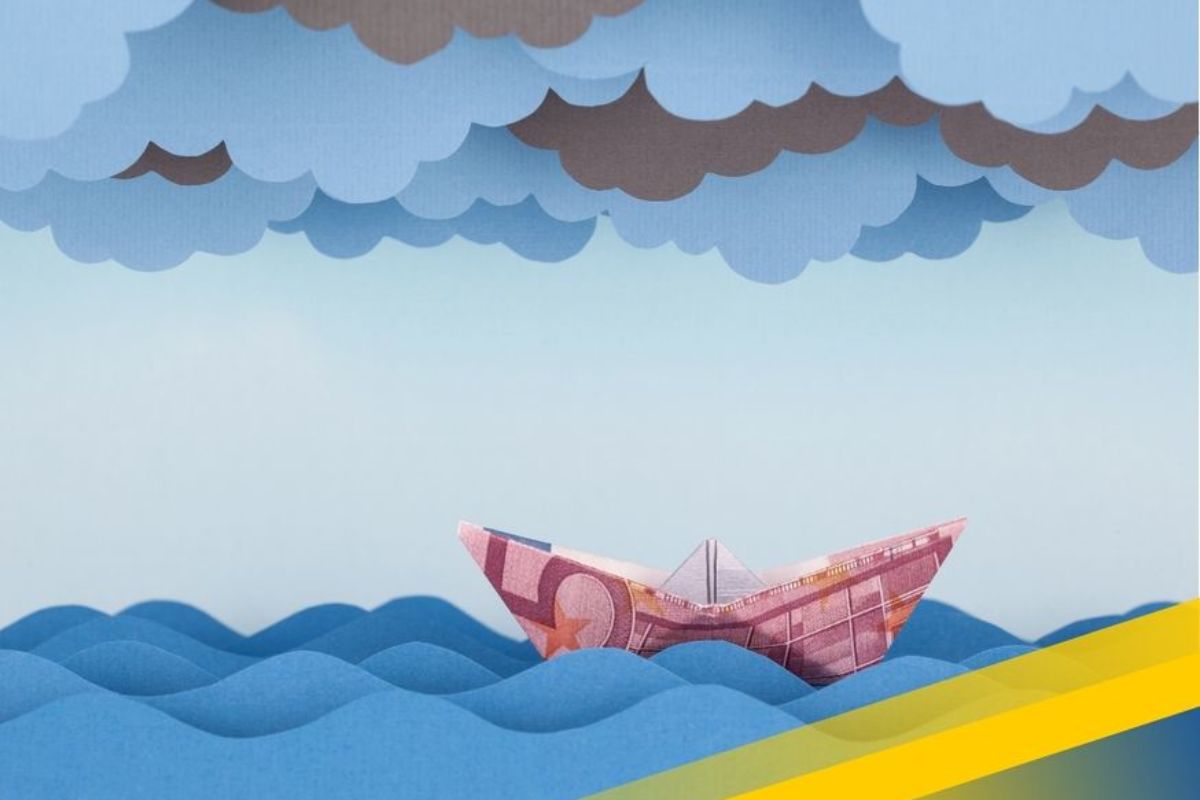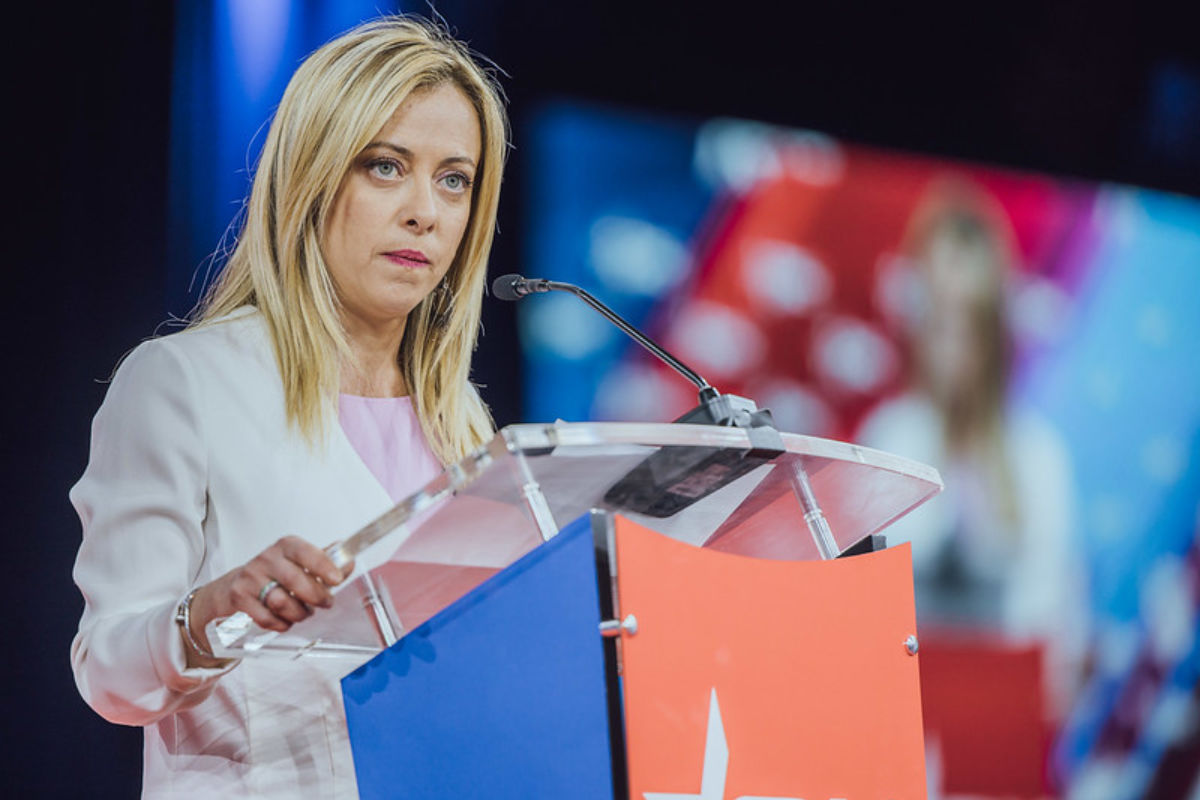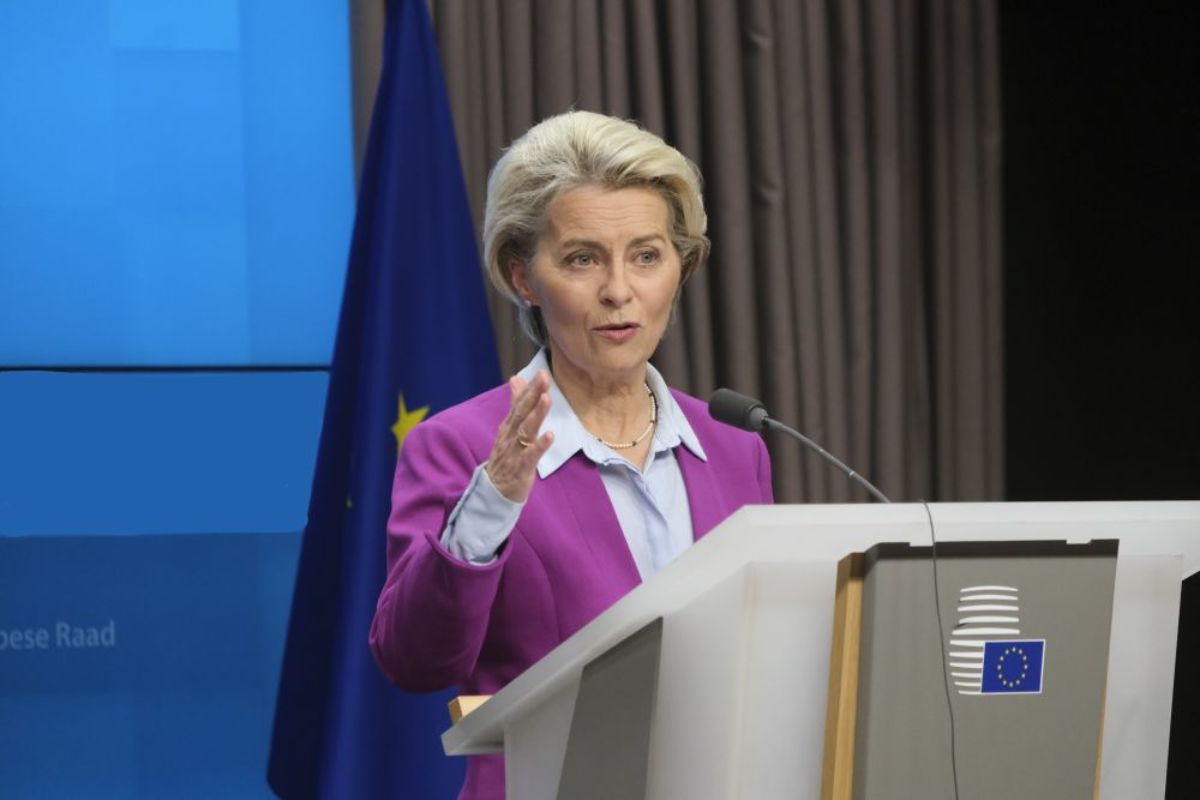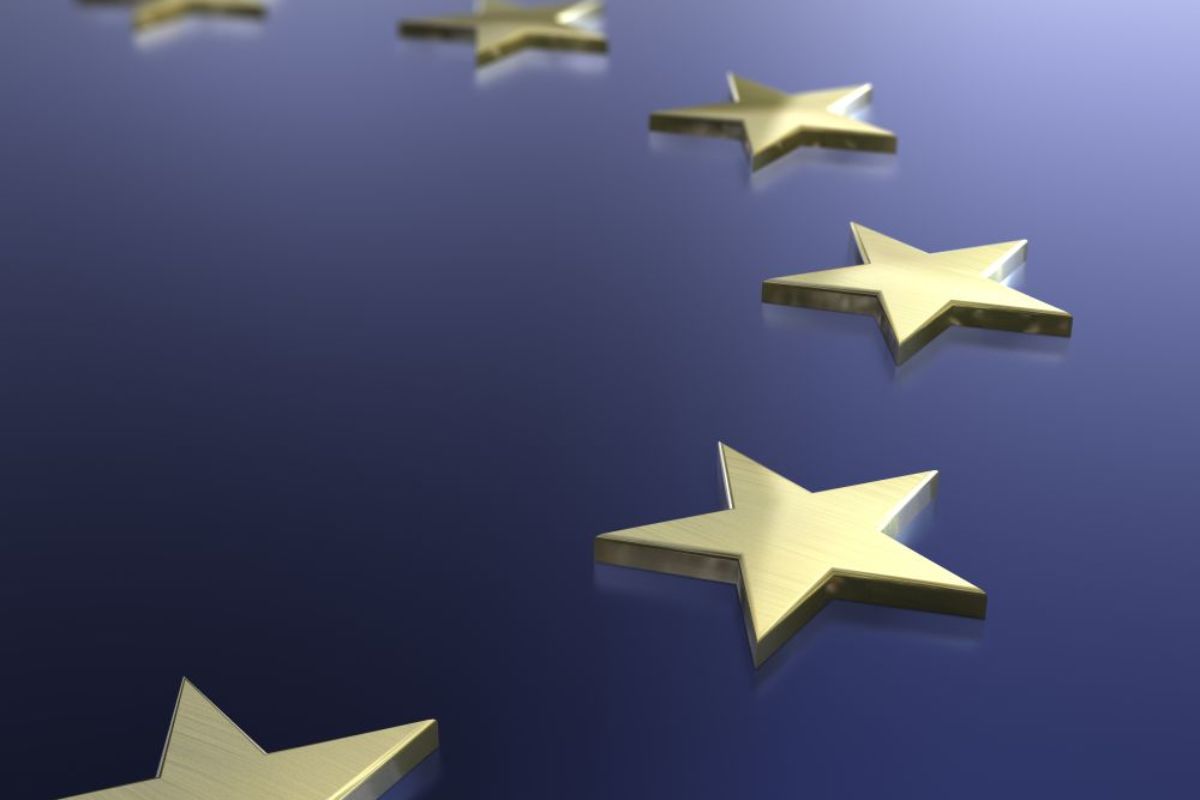Doubts are rife over whether the Russia sanctions are yielding much effect. Russia was sanctioned in 2014 after the illegal annexation of Crimea, but the oil and gas price mattered more. Once again, the exceptions and loopholes built into the latest tranche of sanctions confirm that only complete financial sanctions can end this war. The European Commission has omitted two of the largest banks from the SWIFT ban and has only included four banks in the latest sanctions, supposedly to allow for gas deliveries.
Meanwhile, Russia posted a current account surplus of USD 58.2 billion in the first quarter of 2022, more than double the same period last year, and the rouble is almost back to its pre-invasion rate to the euro. Russia’s quasi-monopoly on gas in several EU markets limits the tougher action needed to end the war.
A patchwork of sanctions
The EU has announced fives waves of sanctions on Russian banks, companies and individuals, with the latest published on 8 April. The EU has also enacted very detailed trade sanctions on the import of certain commodities from Russia and Belarus, and an export ban on technological products.
In a nutshell, the most important financial sanctions include: the banning of any transactions with the Russian and Belarusian Central Banks and the freezing of their foreign assets, the exclusion of seven Russian and three Belarusian banks from SWIFT (and the banning of any transactions with four additional banks in the fifth sanctions package), a ban on transactions in transferable securities with persons in Russia, and an EU asset freeze and lending ban to 1 091 Russian individuals and 80 Russian entities.
Cutting off the same Russian banks from SWIFT and freezing the assets and transactions with the Russian and Belarusian Central Banks was endorsed by the US, the UK, Switzerland and Japan, followed shortly after by Australia, Canada and South Korea, and also applies to the EEA and accession countries. The US also announced direct sanctions against Russian banks and an even larger group of individuals. Altogether, it’s difficult though to get an accurate overview on which countries have done what and which entities and persons have been targeted. This is why many businesses have preferred to stop operating in Russia entirely, alongside consumer anger in the West towards businesses that had decided to stay in Russia.
While the EU has communicated well on the sanctions, its explanations concerning exceptions have been less than informative. SBERbank for example, the largest Russian public bank, is still fully exempted from the SWIFT ban.
In the US, SBERbank and 42 of its subsidiaries are fully sanctioned, together with Alpha Bank, Russia’s largest private bank. The latter is also not sanctioned by the EU, (with its holding company in Luxembourg), although two of its largest shareholders, Michael Fridman and Peter Aven, are on the list of targeted individuals.
In short, SWIFT exemptions mean that many transactions can continue, or that the banned banks can use other banks to make international transactions to and from the EU. Furthermore, the ban only applies to three Belarusian banks out of over 25 active in the country, surprising given that Belarus is a country that the EU isn’t even energy dependent on.
Finding a SWIFT alternative
Since the US/EU prohibition on using SWIFT for transactions with Iran in 2012, Russia has been aware that a SWIFT ban was always a possibility and has searched for alternatives. Special communication lines to circumvent SWIFT are now available to Russian banks via the Chinese CIPS payment system. This network could be expanded to other countries, although doubts exist over whether China will effectively let it grow beyond its control. Alongside CIPS, India, which has deep ties with Russia, has developed its Structured Financial Messaging System (SFMS).
Banks can also use already well-developed crypto payment channels, which fall outside of SWIFT. The Commission has stated that it will also track crypto-payments but hasn’t indicated how. As an emerging trend around the world, central banks have themselves been studying digital currencies, with the aim to launch their own official versions, thus potentially reducing the need for SWIFT.
With the West’s SWIFT ban, other countries will try to develop their own unique markets and systems. But building a financial system from scratch takes time, as we know from the euro and the EU’s Capital Markets Union (CMU) project. And the global financial system continues to be dominated by the dollar, with the euro in second place, even if China’s share in global GDP has grown enormously over the past two decades. Today, the dollar is used for 40.5 % of global payments, followed by the euro at 36.6 % and the pound sterling at 5.9 %, according to SWIFT.
In capital markets, the dollar’s share is even larger, and stands at over 60 % for debt issuance, followed by the euro at 23 %. Hence, more than four fifths of all transactions in debt securities are cleared in the US and eurozone settlement systems. This is also where most of the securities are held in custody, and whose laws apply, also in the case of an asset freeze. The fifth EU sanctions package forbids transactions in securities with Russian residents, with similar legislation existing in the US. Thus, the West’s ‘weaponisation of finance’ is a real threat for the rest of the world, which is why Putin made the demand for gas delivery payments in roubles.
Sanctions and money laundering: A cautionary tale
The positive side effect of the sanctions is the open blacklisting of the Russian and Belarusian financial systems. The Financial Action Task Force (FATF), the OECD body responsible for screening anti-money laundering (AML) systems, had been mildly positive on the state of the Russian financial system, which gave the green light to Western banks for close cooperation.
However, large money laundering cases in the EU have involved Russian counterparties via the Baltics, Scandinavia and western European countries, with huge amounts of Russian money laundered through, for instance, Danske Bank and Swedbank. This is probably only the tip of the iceberg, if you consider the Russian link in the Wirecard case, or the golden visas issued to wealthy Russians who park significant assets into a jurisdiction. The sheer number of cases has placed the discussion of the EU’s 2021 anti-money laundering (AML) package into another perspective, highlighting the need for not only a harmonised definition of money laundering and a centralised AML EU-wide agency but also the consistent implementation of sanctions.
Given the latest developments in Ukraine, further steps will have to be undertaken. The get-out-of-jail-quick card handed to two of the three largest Russian banks is a huge loophole in the current sanctions regime, allowing others to bypass the SWIFT ban.
Other forms of messaging and transactions, such as cryptocurrency, are another escape route. The EU needs to take more multi-level and proportionate actions, with fewer or no exceptions, on top of diplomatic action with other countries to curtail bypasses and exert pressure on others to conform to the sanctions.
The key is the Western world’s freeze of the Russian Central Bank’s international assets, as well as those of large Russian corporations and wealthy individuals. But to keep up the pressure and maintain the pace of sanctions in line with the growing number of Russian atrocities in Ukraine, any exemptions made in the future need to be thoroughly and transparently justified.








